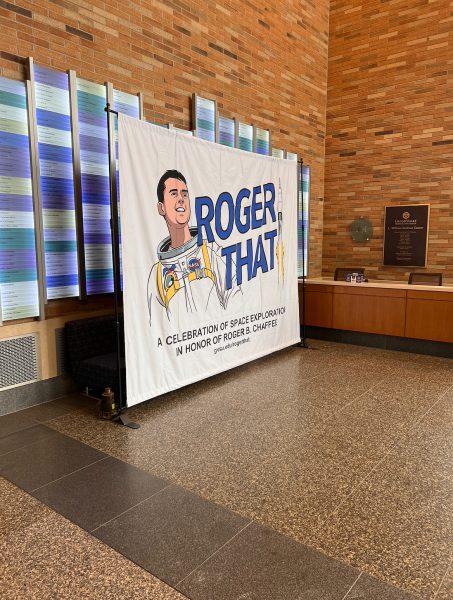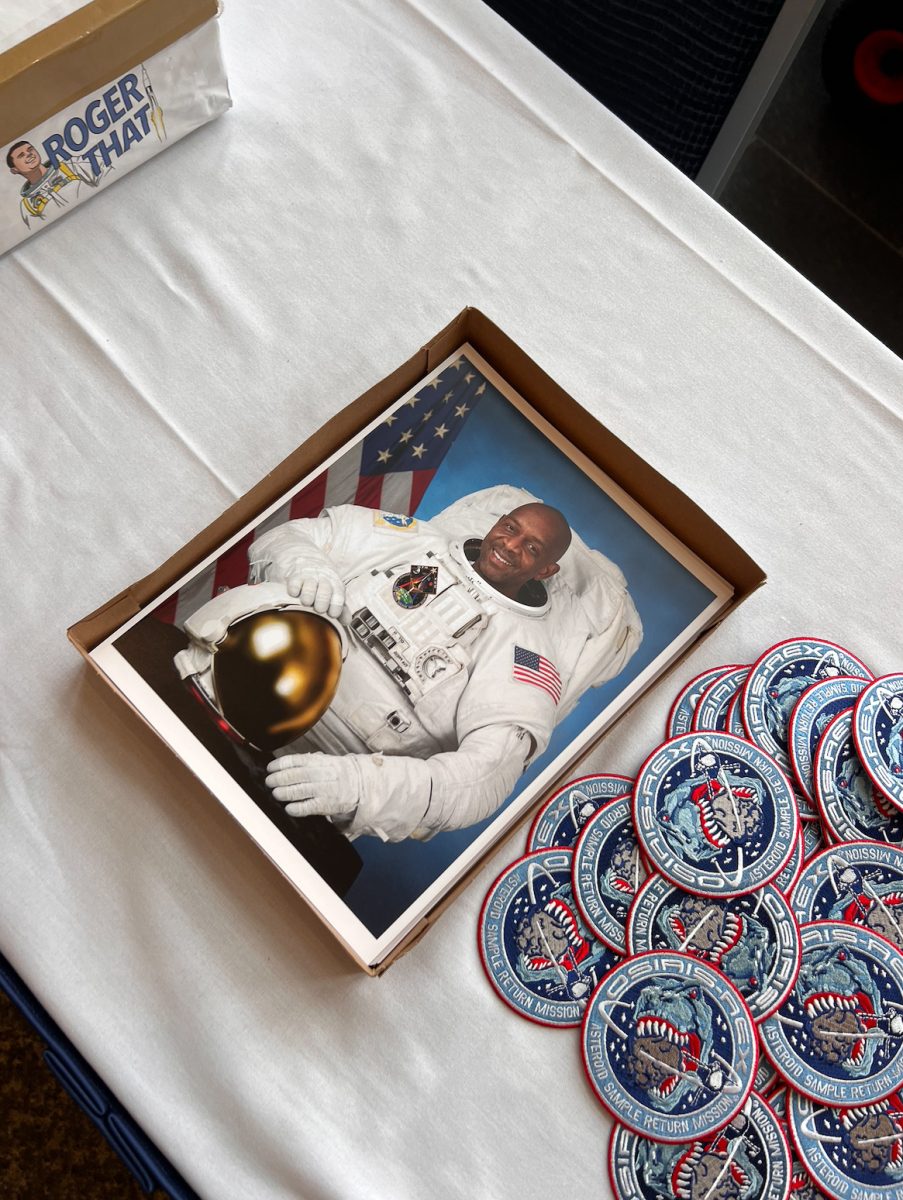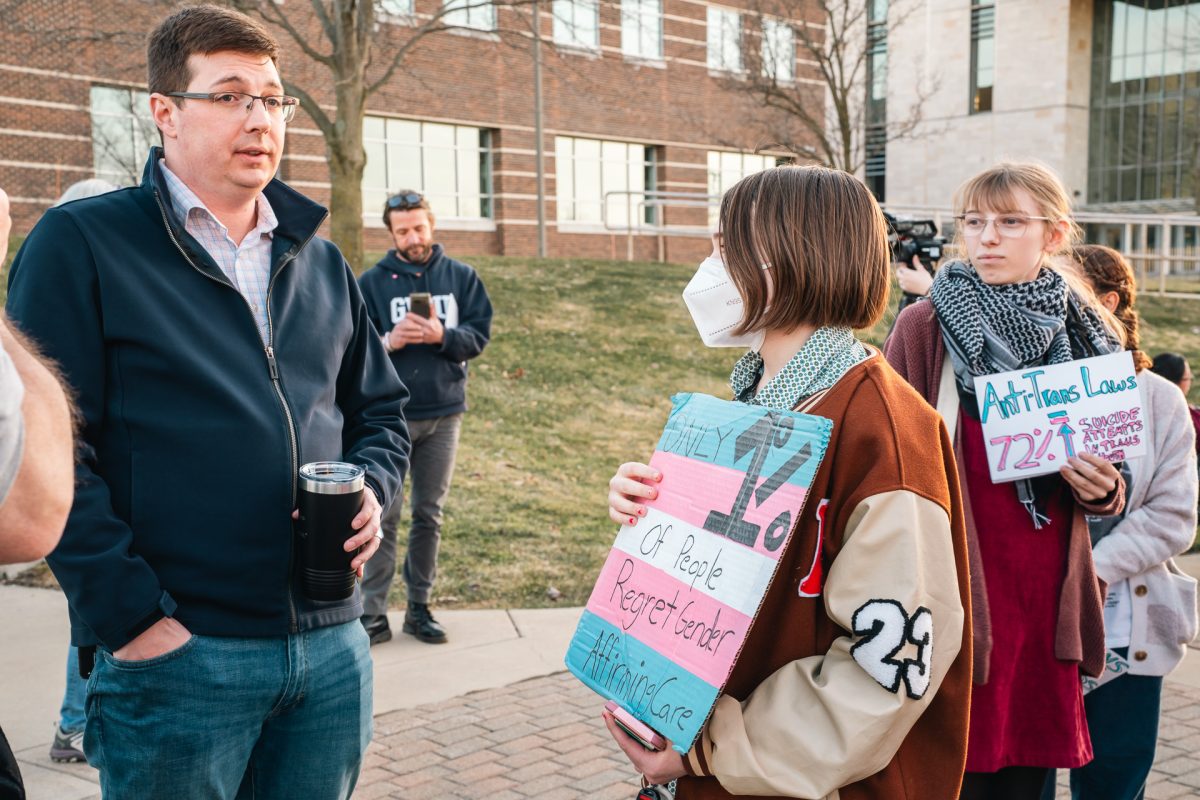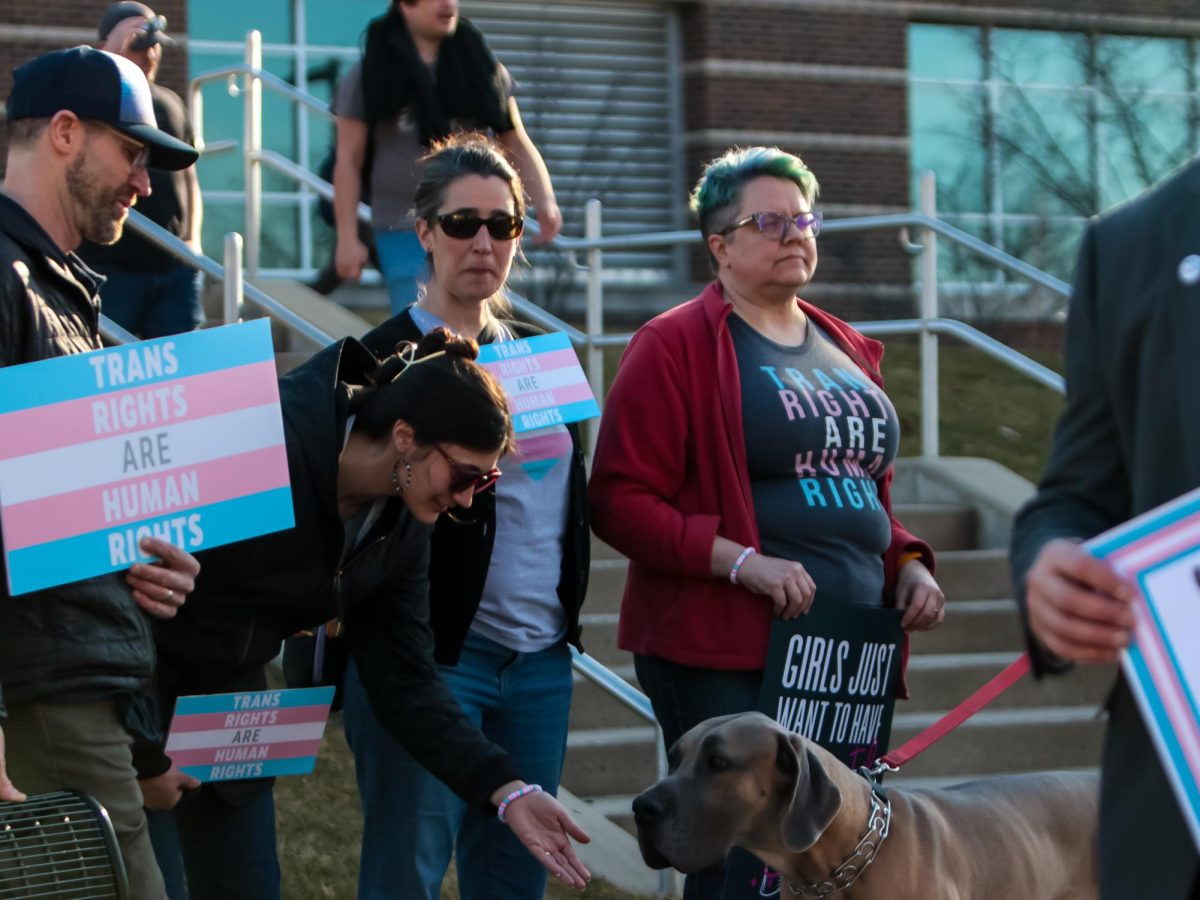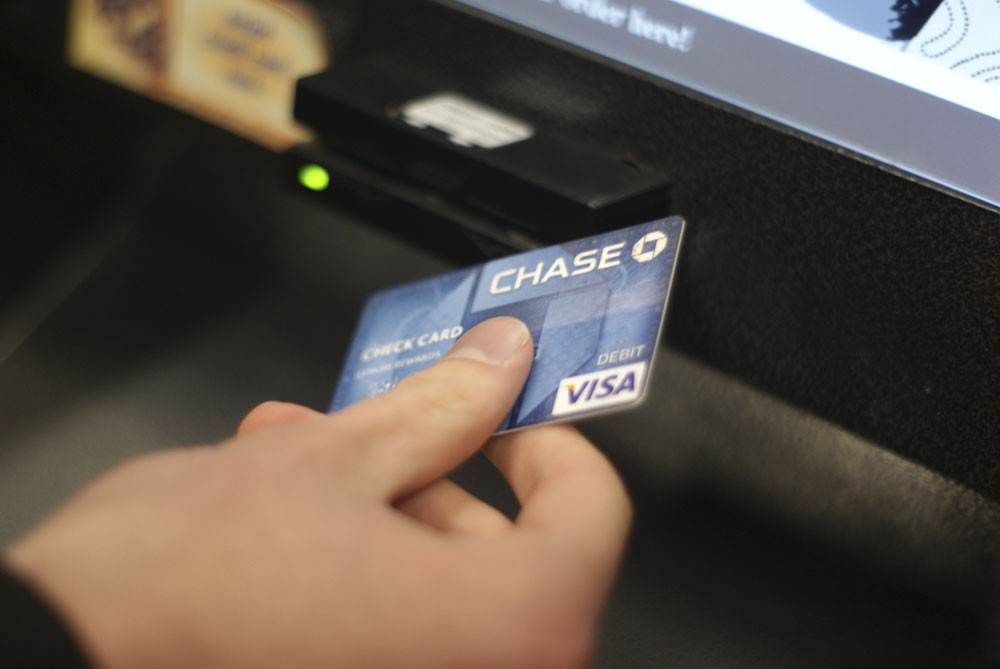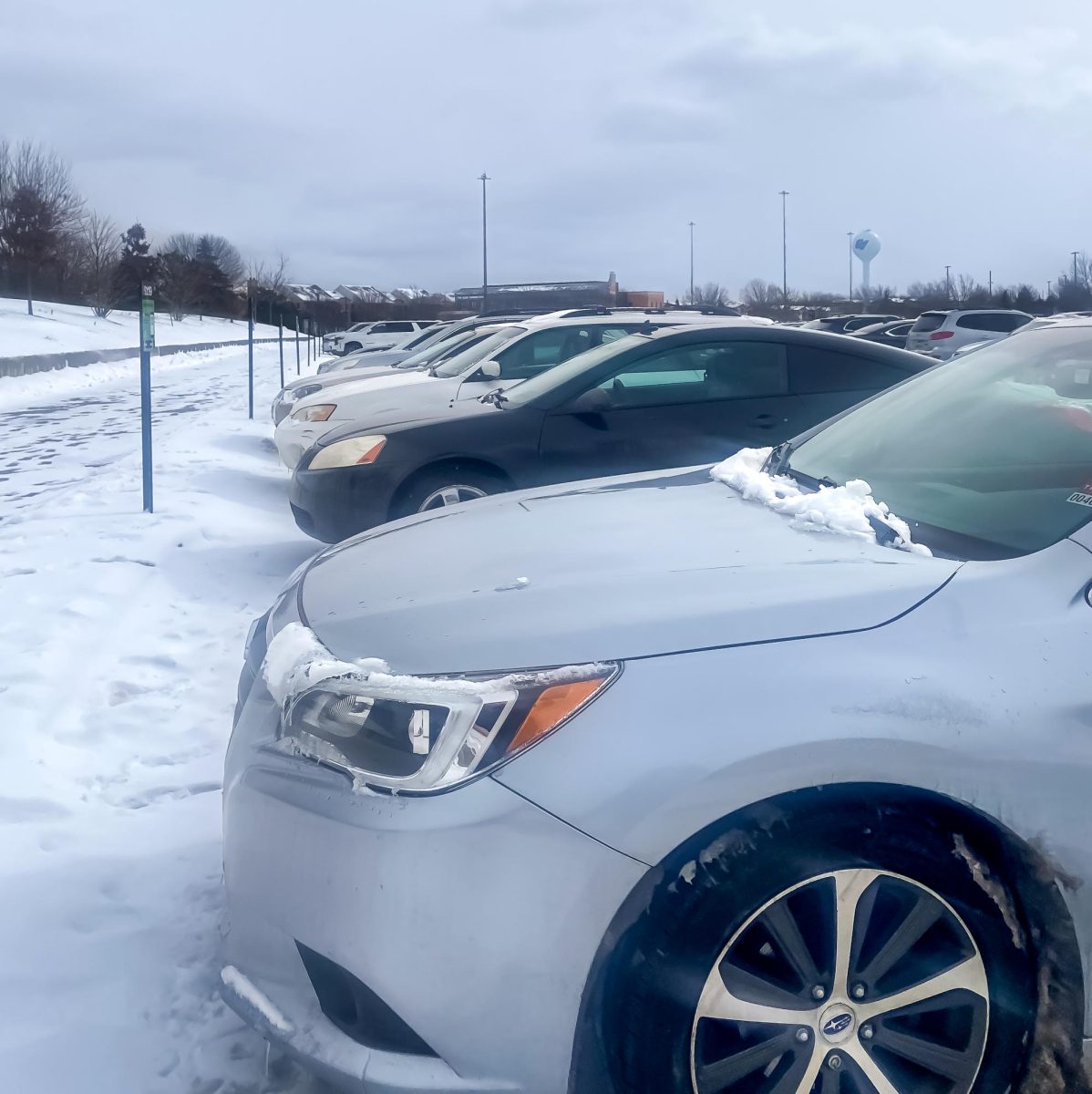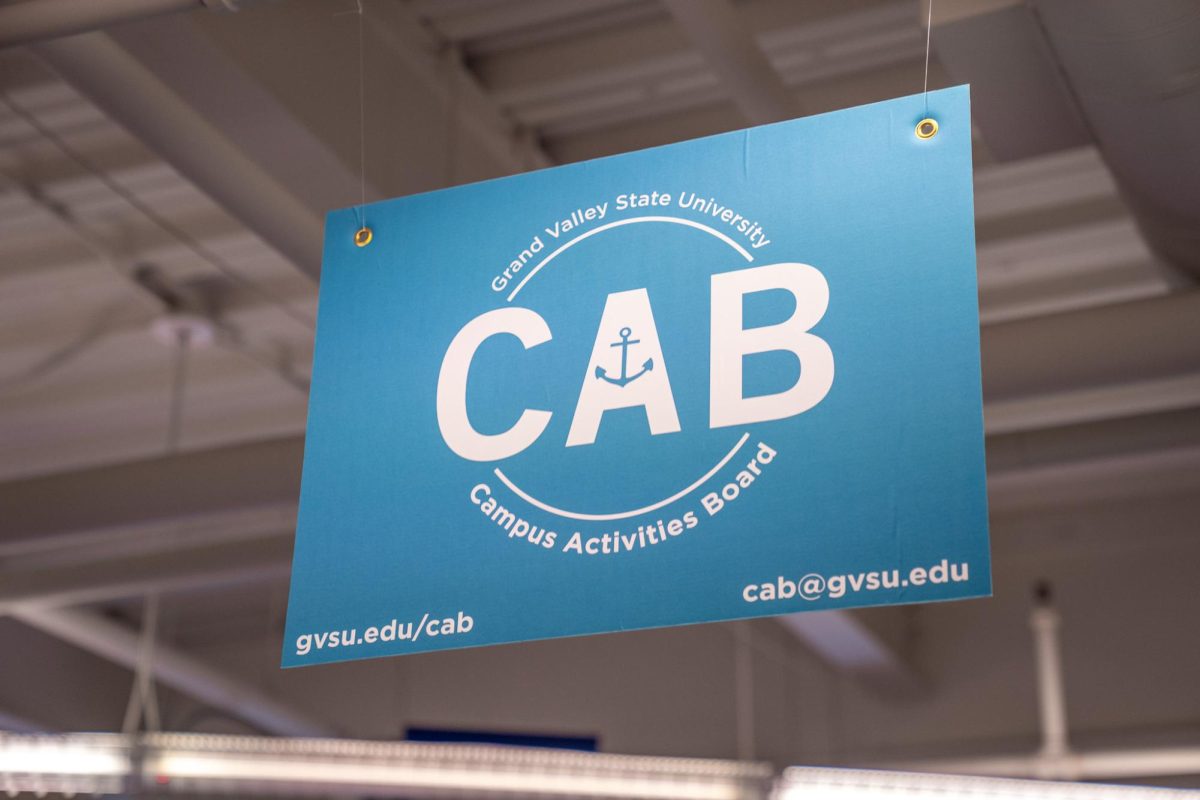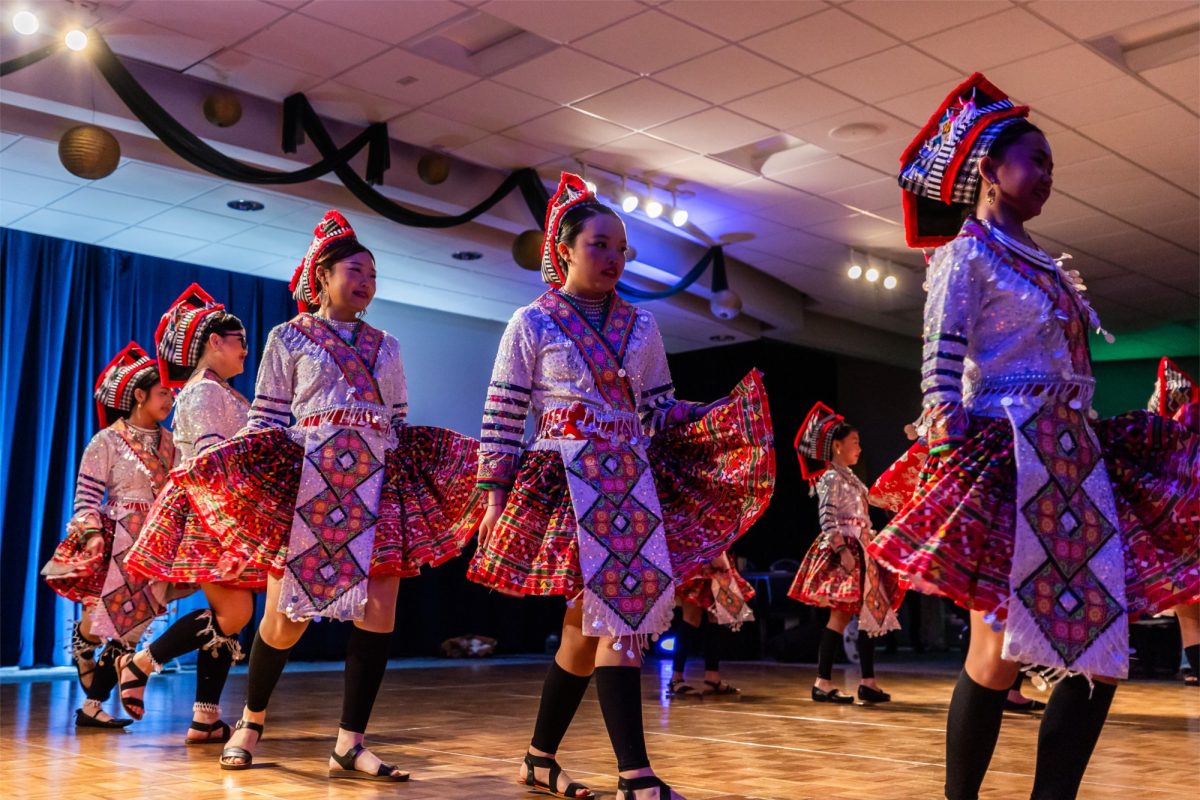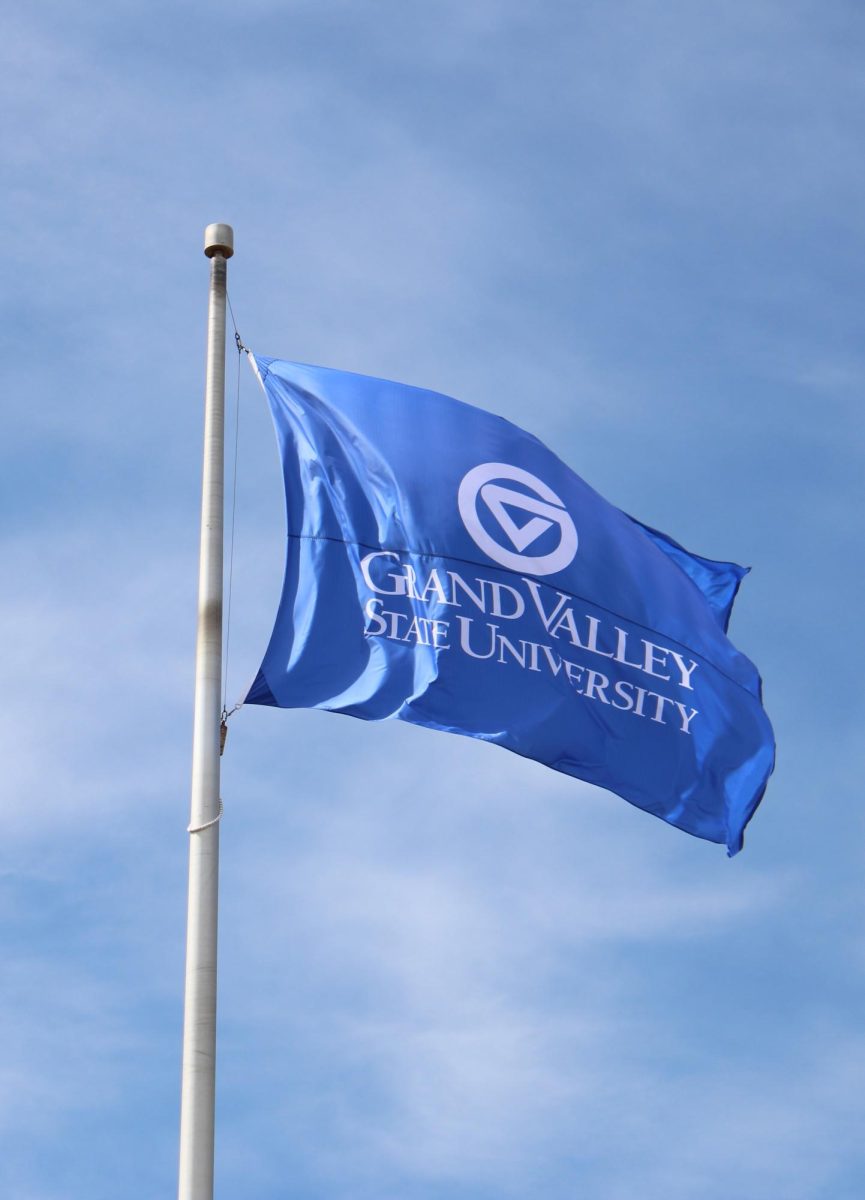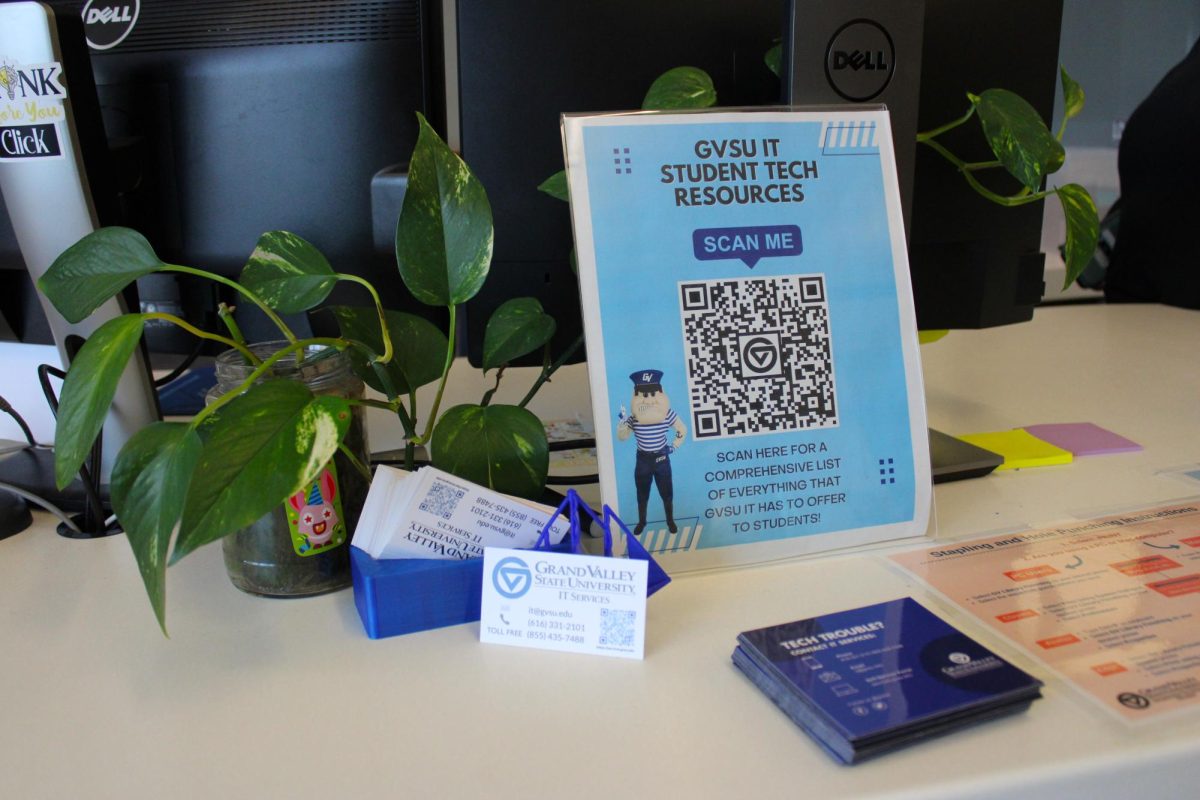The annual Roger That! Conference began on Feb. 16 at the Grand Valley State University Seidman College of Business and ended on Feb. 17 at the Grand Rapids Public Museum. The conference originated in honor of Roger B. Chaffee, an astronaut from Grand Rapids who participated in the Apollo program, which first landed Americans on the moon.
The Roger That! Conference pays tribute to those who have dedicated their lives, and in some cases even sacrificed their lives, to the pursuit of space exploration. The conference featured professors and scientists who discussed various topics, such as space technologies, developments and experiences. The growing of plants in space, human factors in space flight and resource utilization were also discussed.
Besides educating people on aerospace activity, one of the main goals of the conference is to foster an appreciation for the sacrifices and struggles astronauts have faced. In 1967, Roger B. Chaffee tragically died during a pre-launch test alongside astronauts Virgil Grissom and Ed White. Since 2018, the Roger That! Conference has brought space science, art, and society to students of all ages through thoughtful discussions and presentations, honoring Chaffee’s life and legacy.
The conference was a mix of online and in-person discussions, including a space-themed art display. Several GVSU professors, aerospace experts and professionals in science, technology and medicine hosted panel discussions and lectures to educate attendees on the importance of sustainability in space and what it is like for humans to experience space conditions.
“I think the biggest takeaway is how diverse studying space can really be. You have folks who study plants, who create machines to explore other worlds and others who are really focused on what being in space does to the human body and what it’s like to live in space,” said Deana Weibel, Ph.D, a GVSU professor of anthropology.
The theme for this year’s Roger That! Conference was “Life in space,” covering topics like the challenges of sustaining human life in outer space and the possibility of extraterrestrial life.
Dr. Robert Satcher, astronaut, chemical engineer and orthopedic surgeon headlined the conference by delivering two keynote speeches. Satcher was a NASA astronaut and specialist for the STS-129 mission to the International Space Station, where he performed two spacewalks. Currently, he works at the University of Texas MD Anderson Cancer Center treating skeletal metastatic disease and soft tissue sarcoma.
Satcher discussed his personal experiences in space. Part of everyday life in space for Satcher and his crew included overcoming extreme temperatures, finding unique ways to make food and maintaining physical and mental health. Satcher explained the importance of safety for astronauts while in space, sharing that space suits are being redesigned to reduce injury among astronauts. During his speech, Satcher also mentioned using robots to assist with surgeries, which could be done remotely to help with medical emergencies in space.
Satcher advocates for further space exploration.
“So, that’s why we got to get it right, and get out there (in space), and actually explore. We really haven’t started yet,” Satcher said.
Space journalist, scientist and analog astronaut Niamh Shaw, Ph.D, joined the conference through a Zoom call from Ireland to discuss her experience with a Mars simulation. The Mars analog was set in an African salt basin where a team of scientists, including Shaw, simulated what it would be like to live in space. The experiment lasted fifteen days, in which the team studied the growth of plants and a possible brick-building system for houses on Mars. Shaw developed a deep appreciation for rationing resources after having to live off a limited supply of water for the entire duration of the experiment.
“Space, I think, more than anything, teaches us how to live more sustainably on Earth,” Shaw said.
Weibel said the conference is a good experience for anyone interested in learning about space and space travel, whether or not they are studying aerospace engineering, technology and medicine.
“We try to showcase not just space science, but space society and art. We like to say, ‘There’s enough space for everyone!’” Weibel said.
